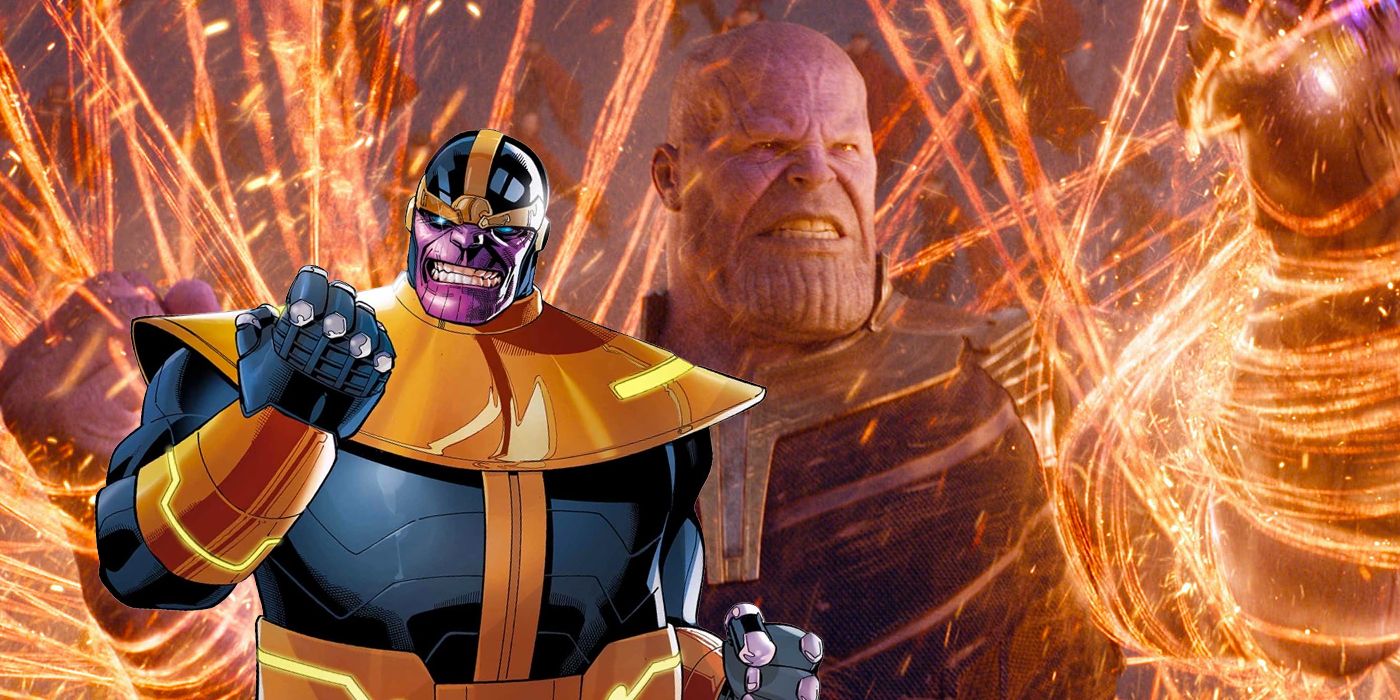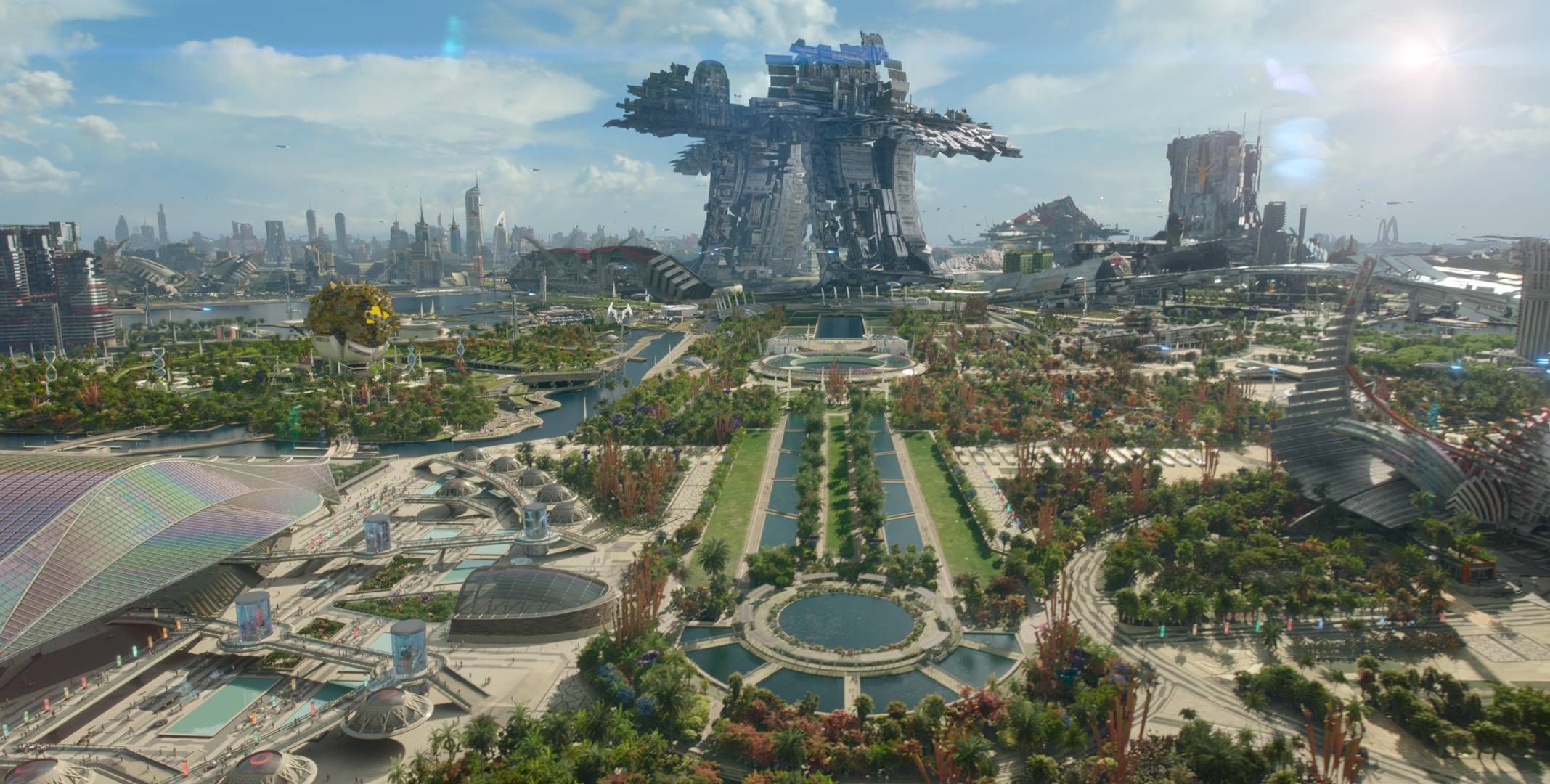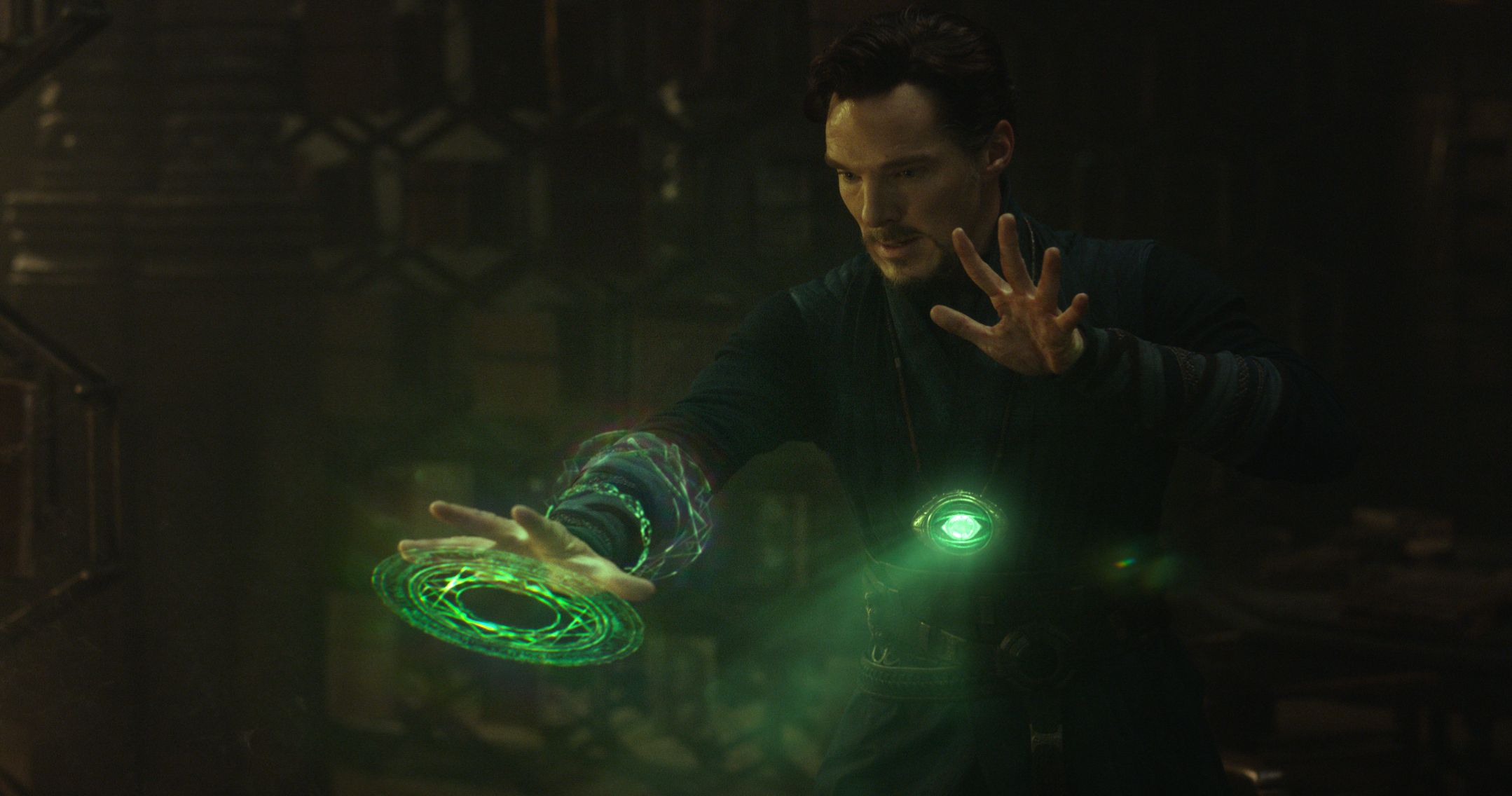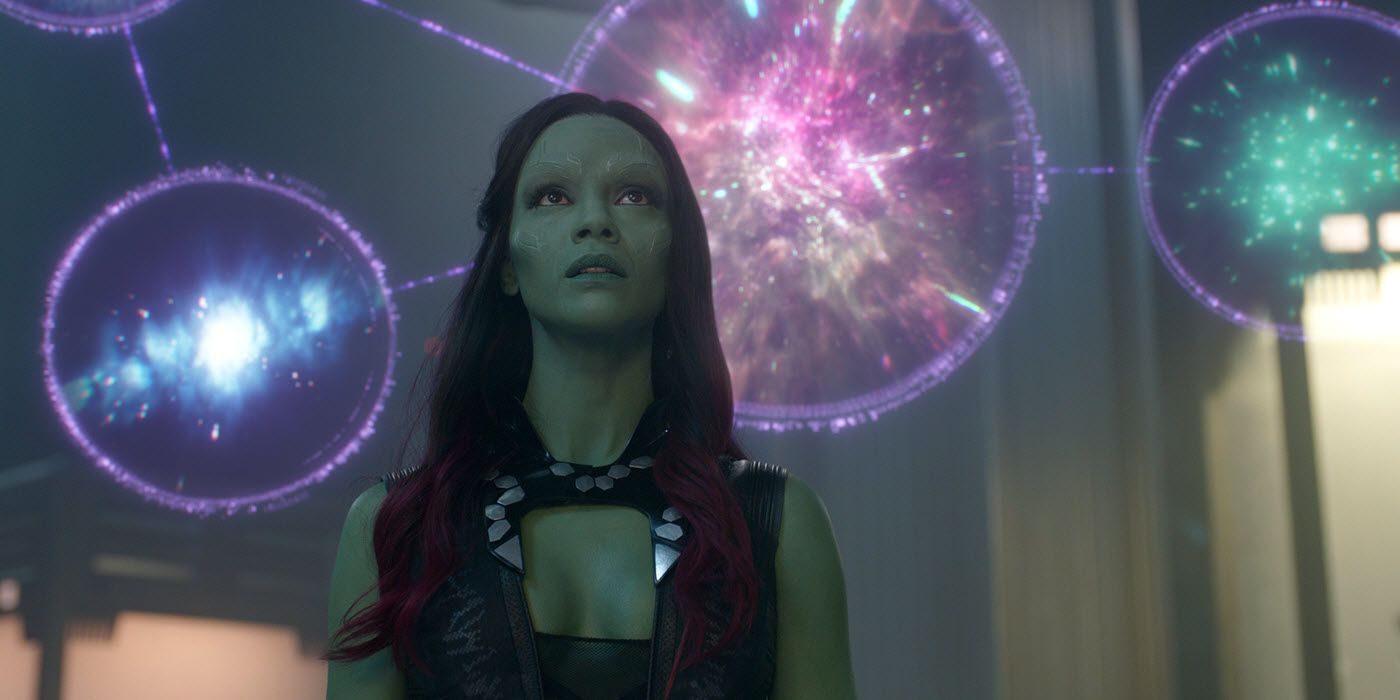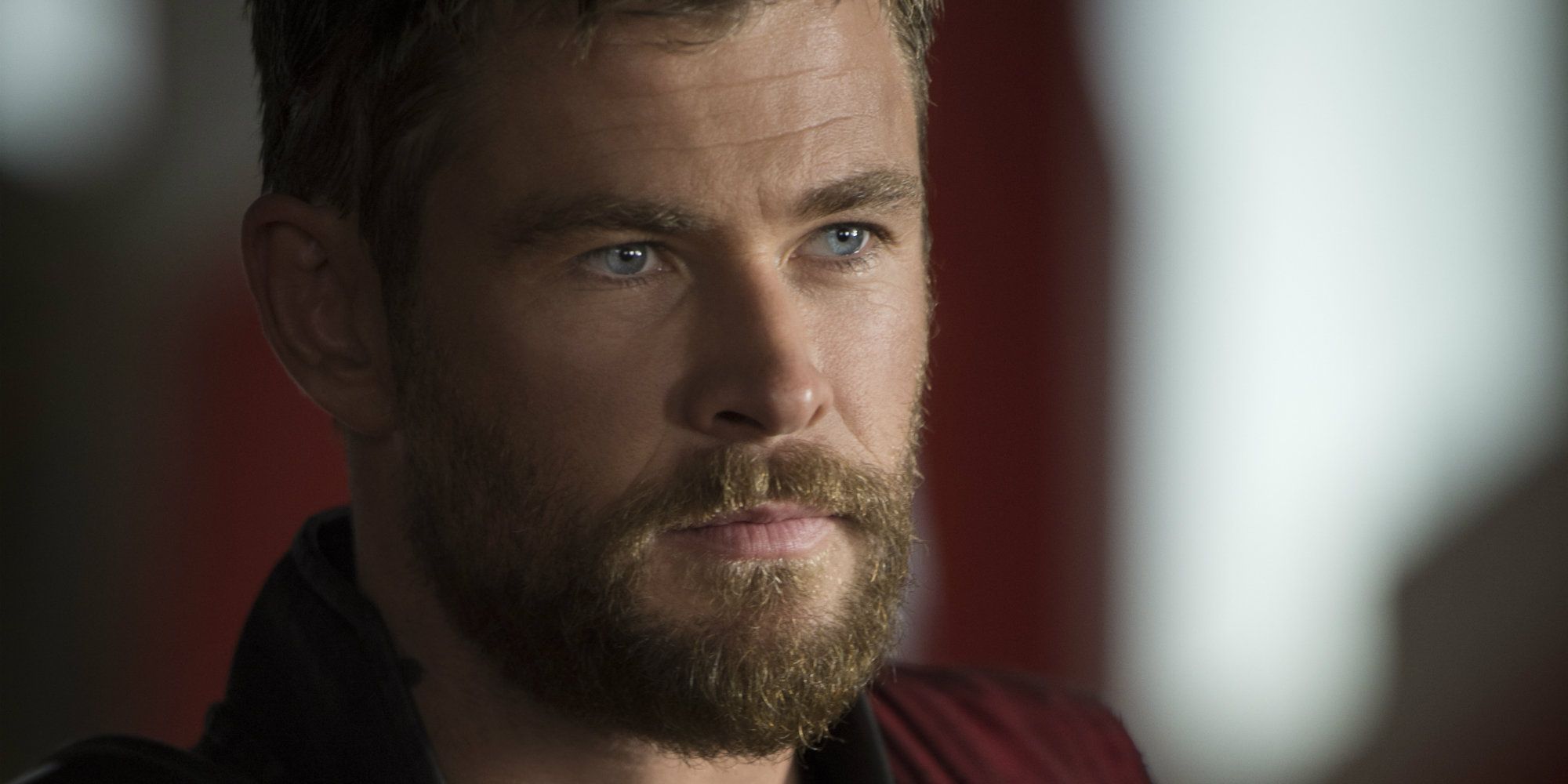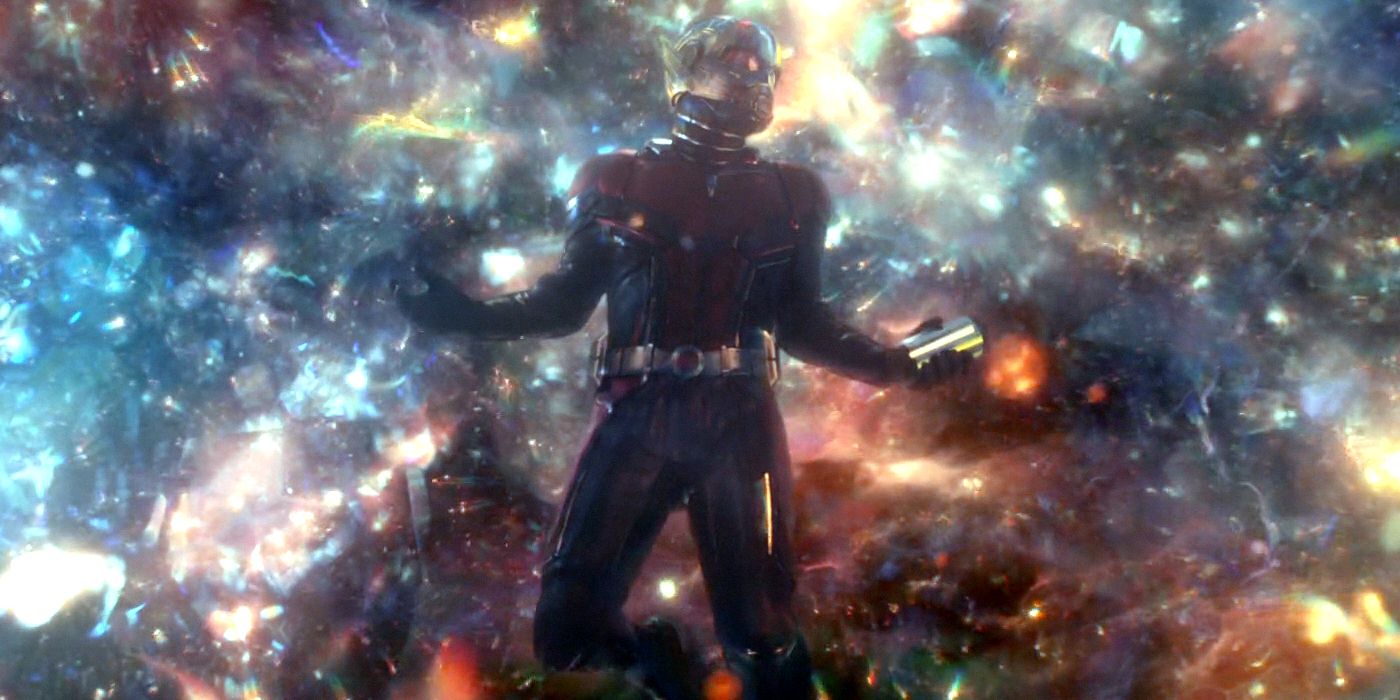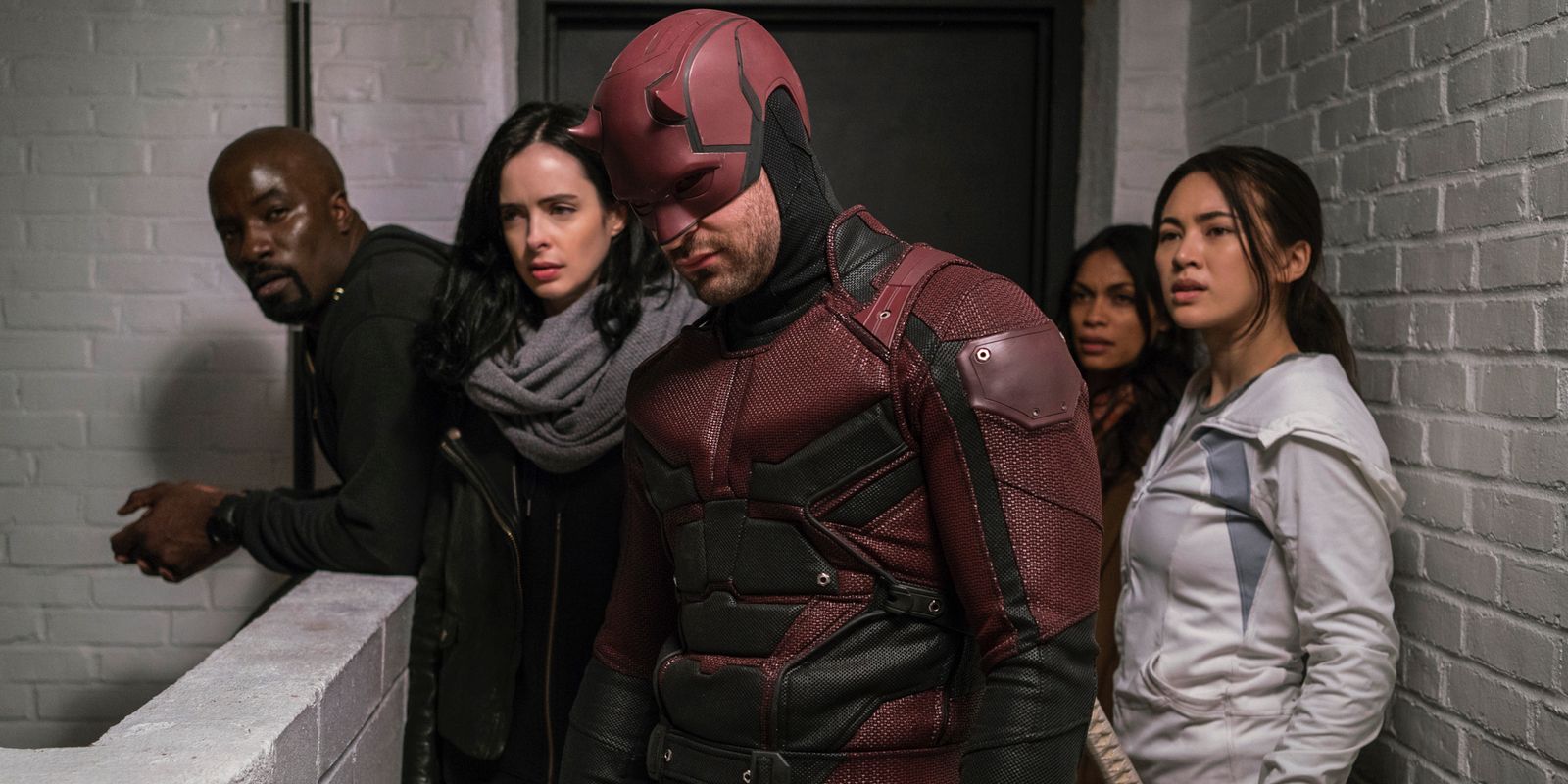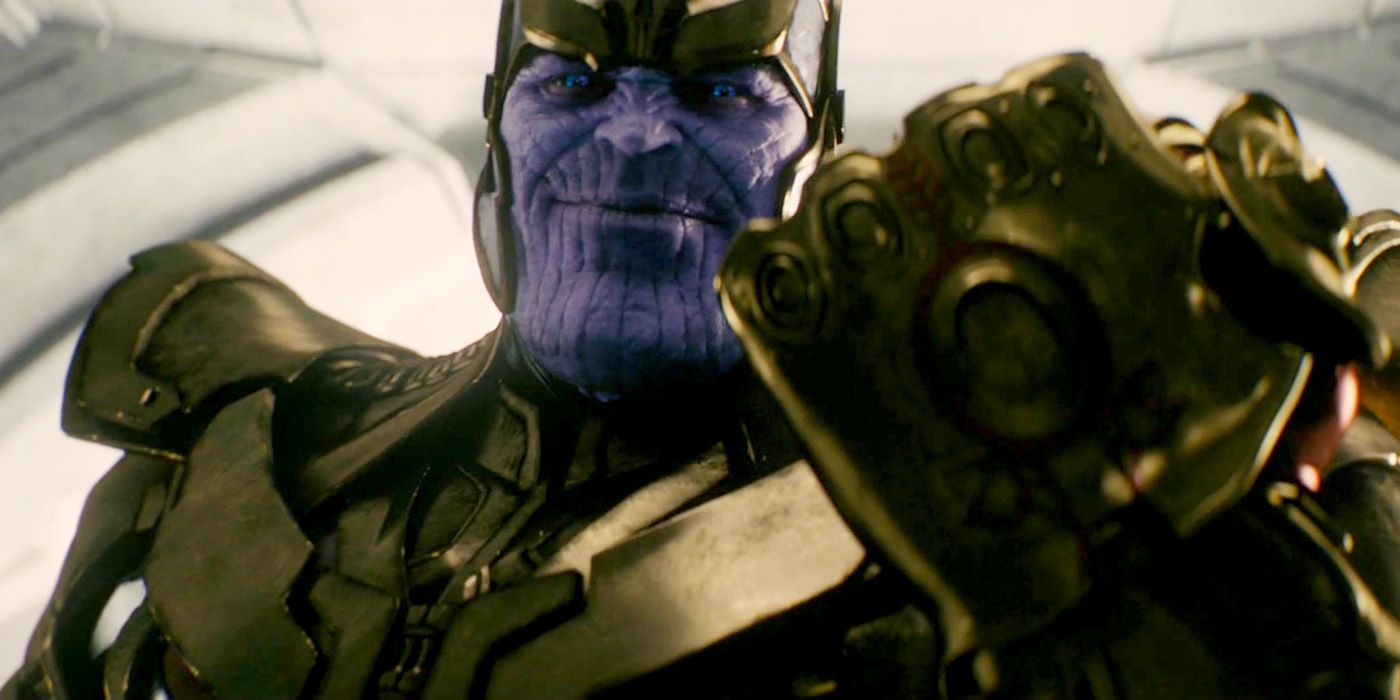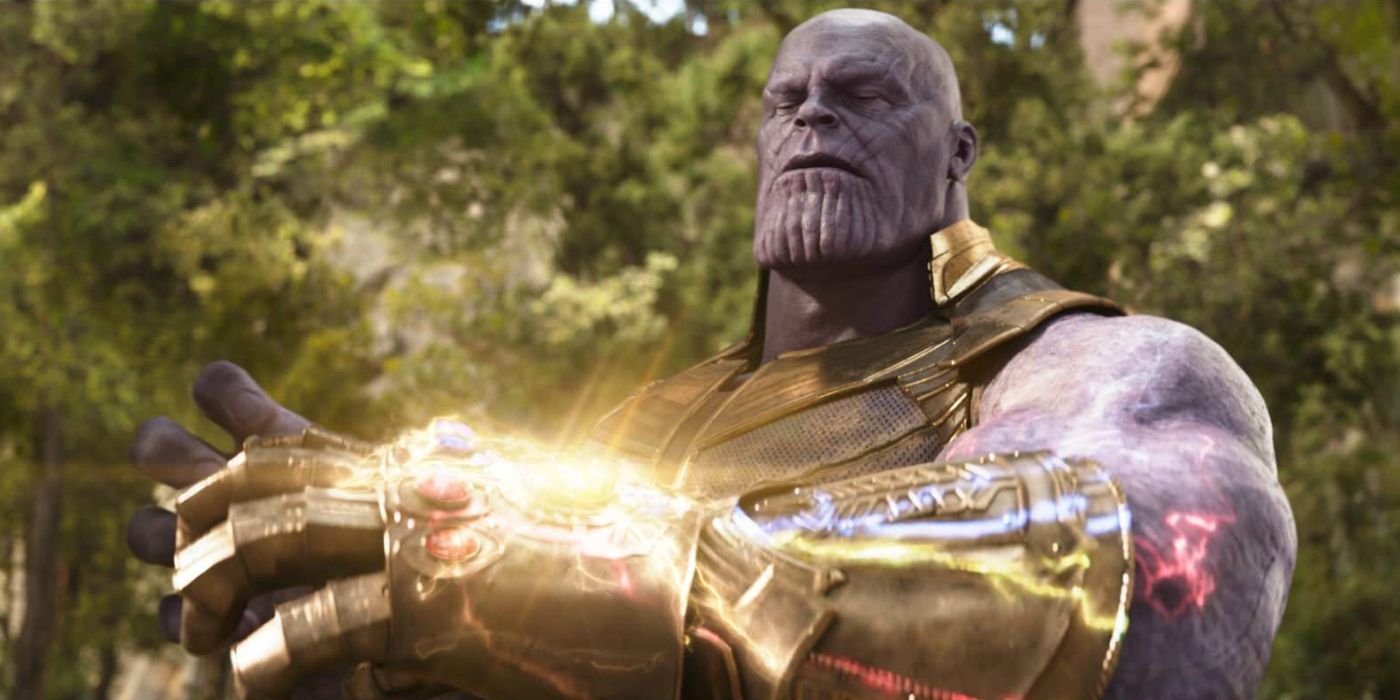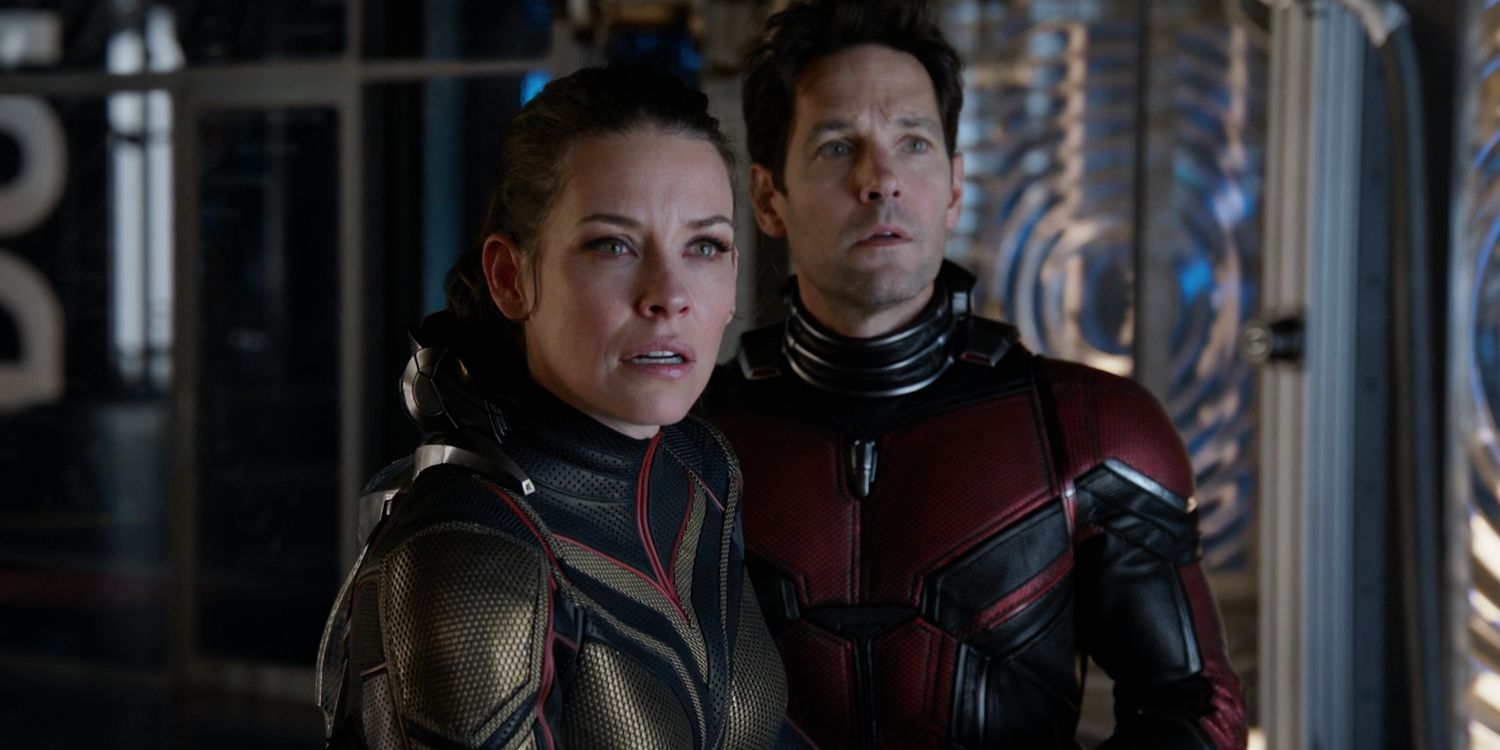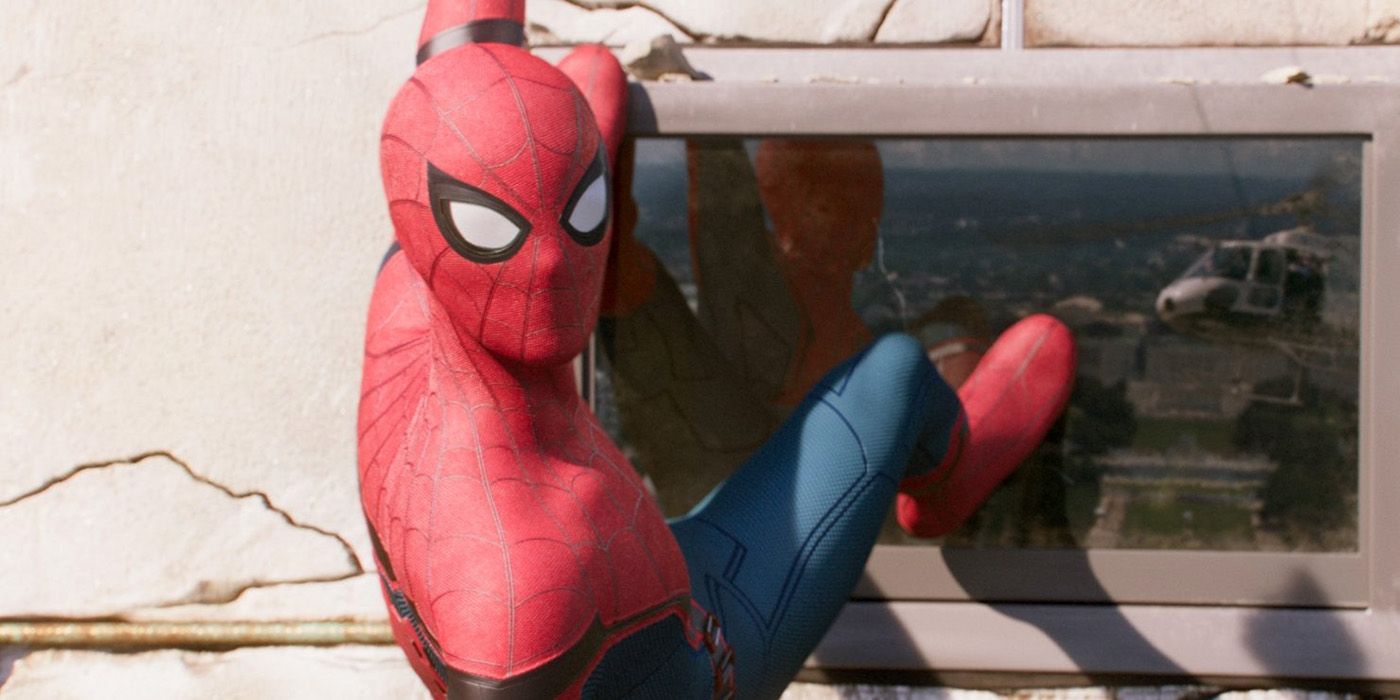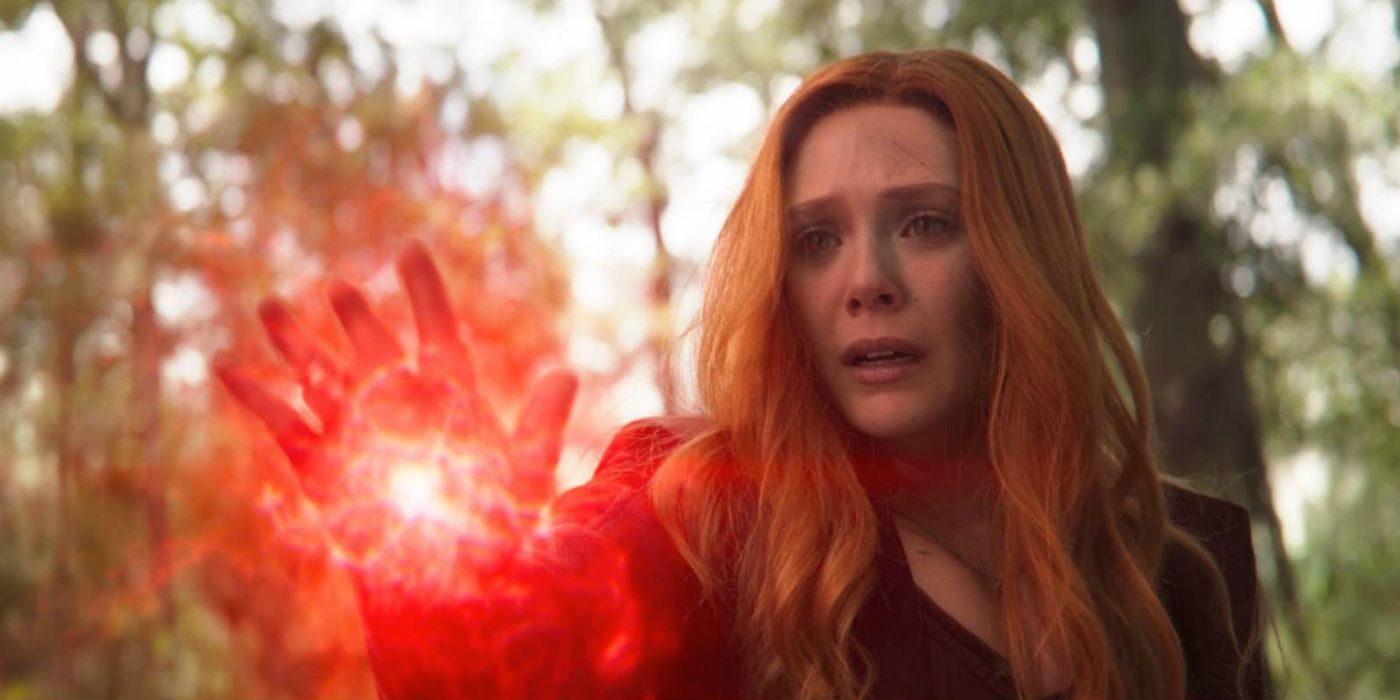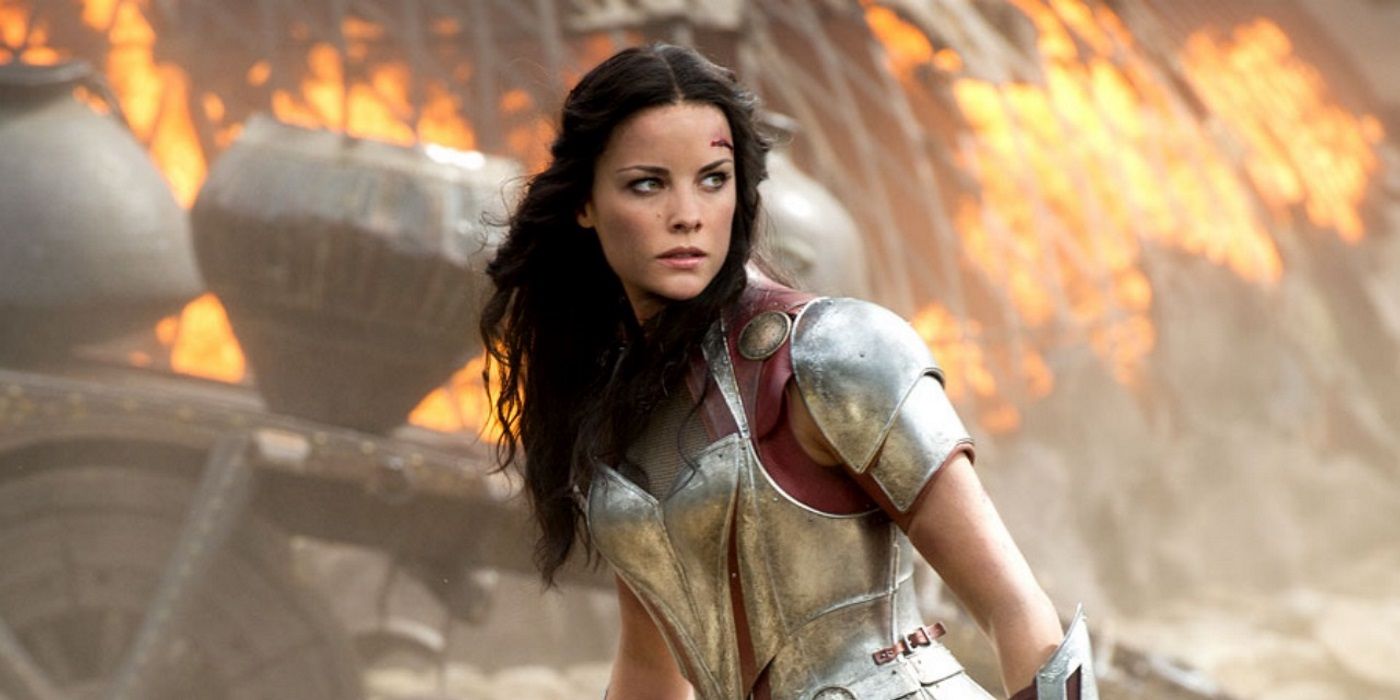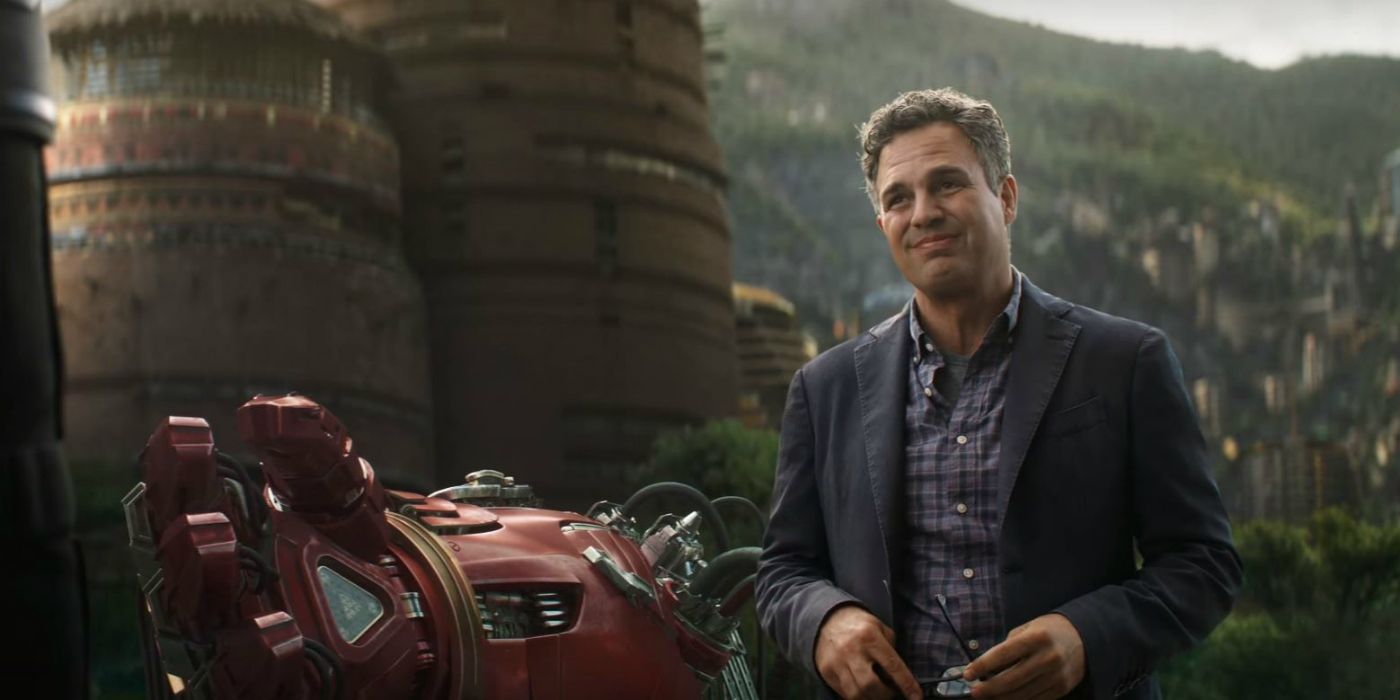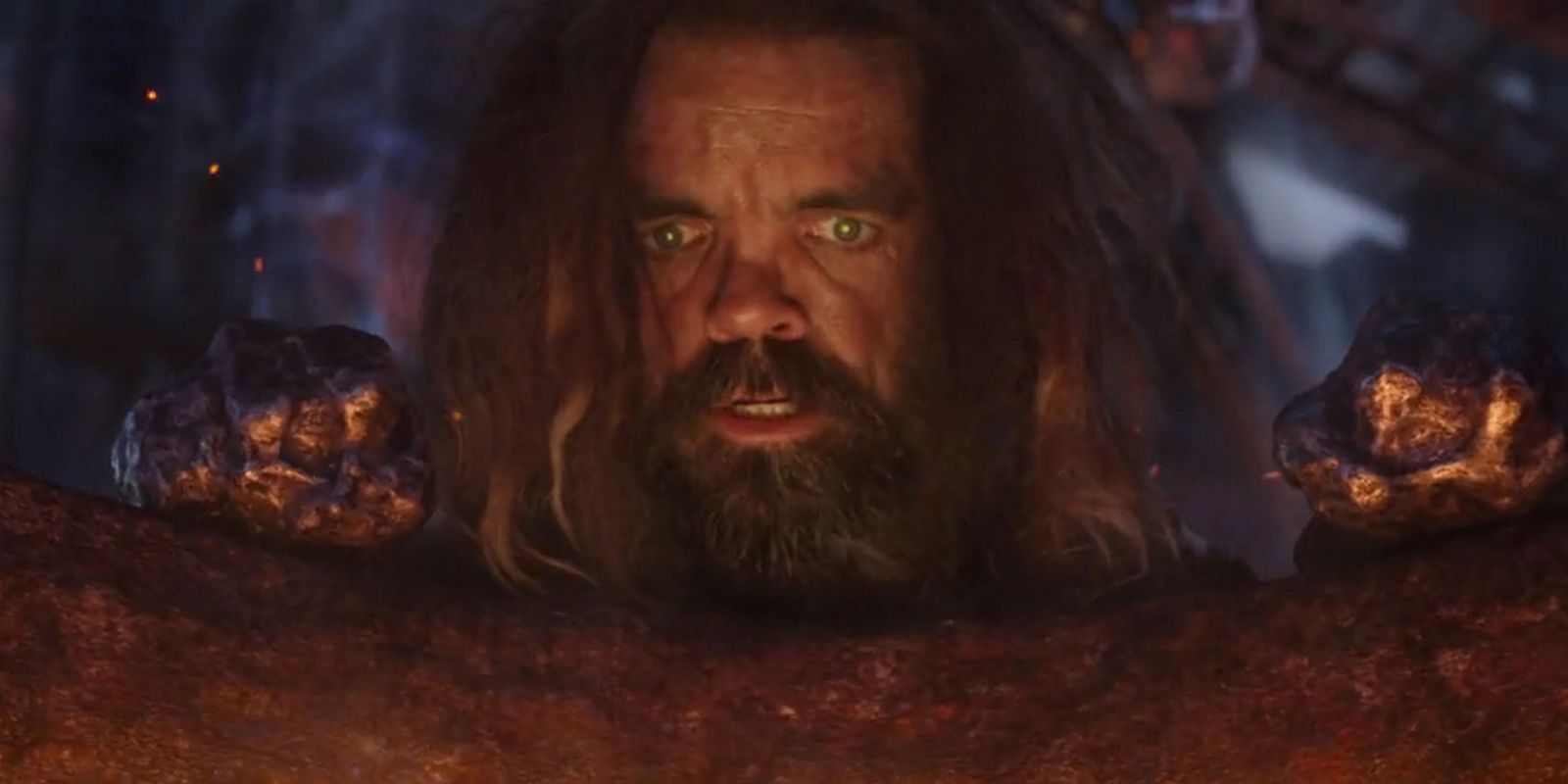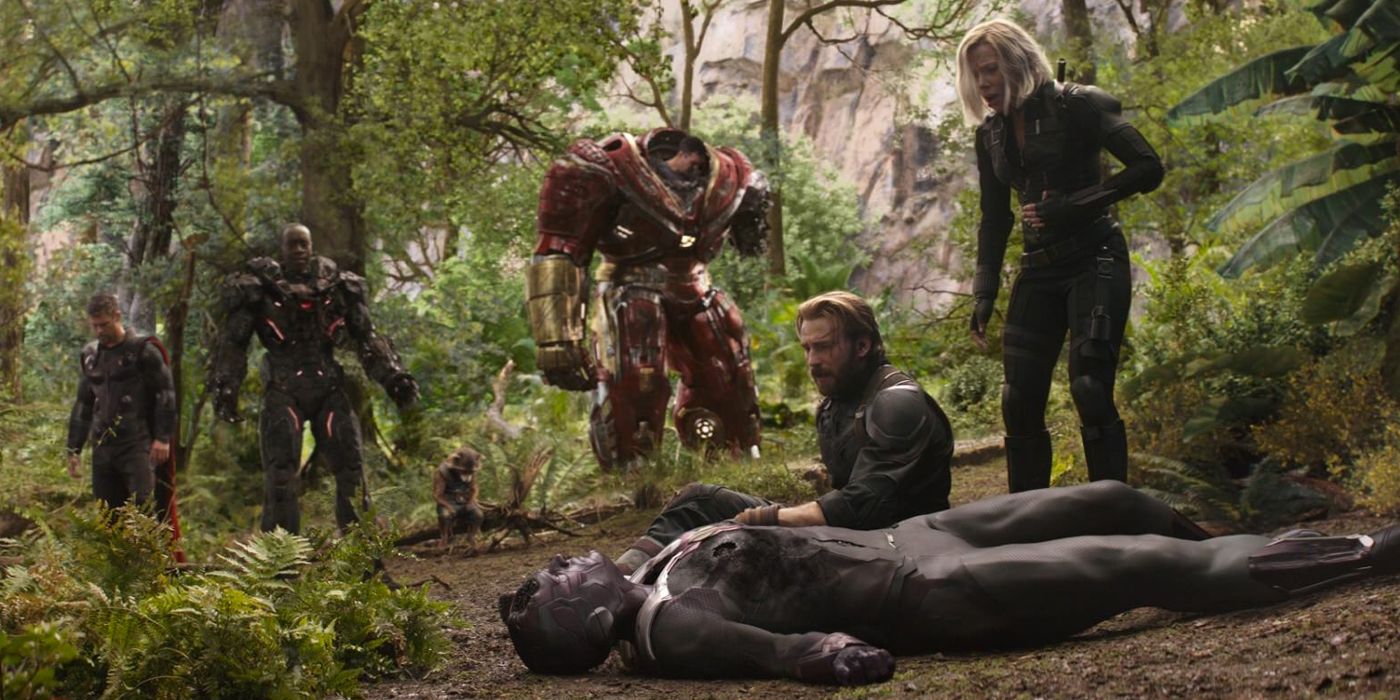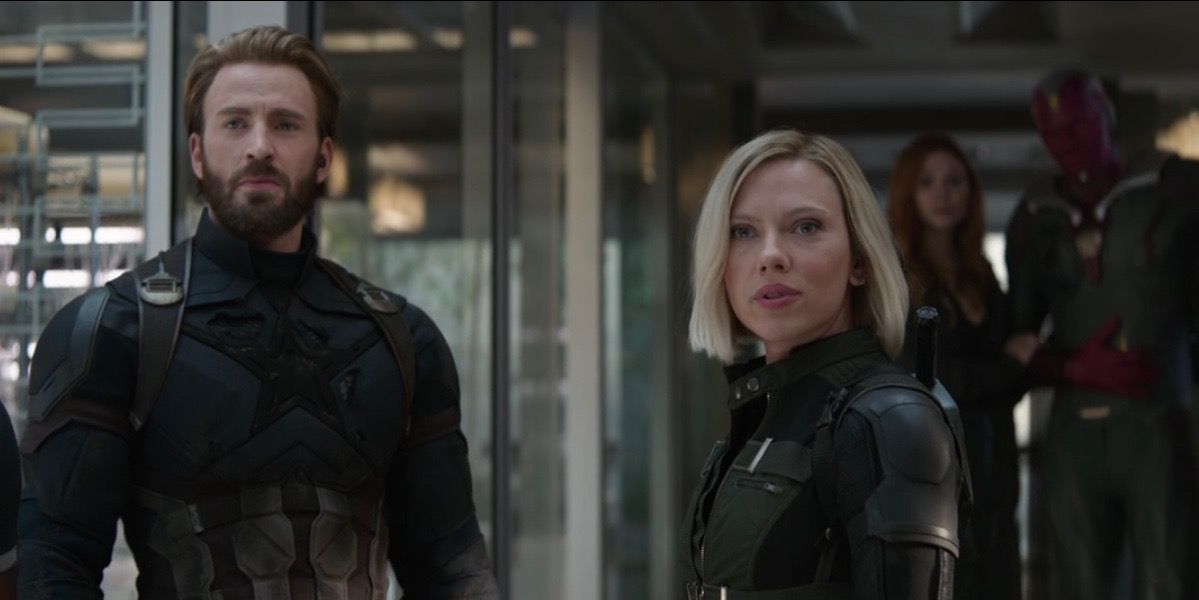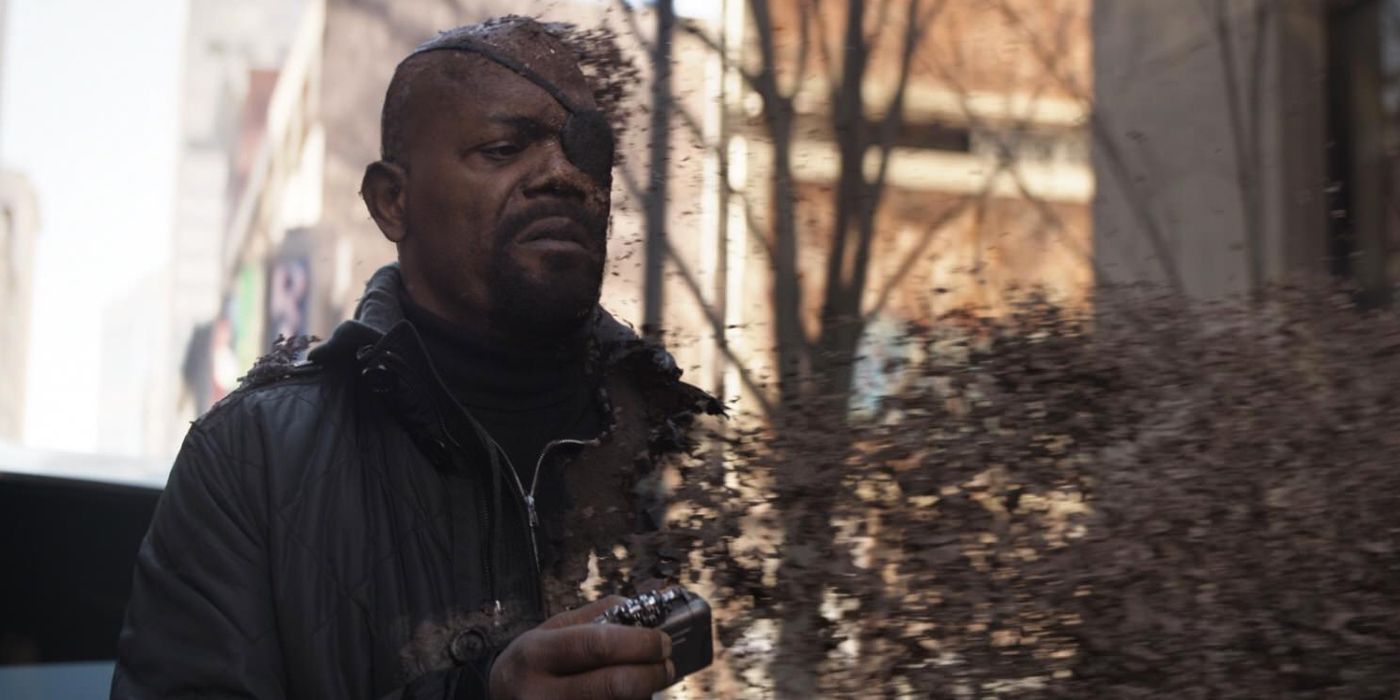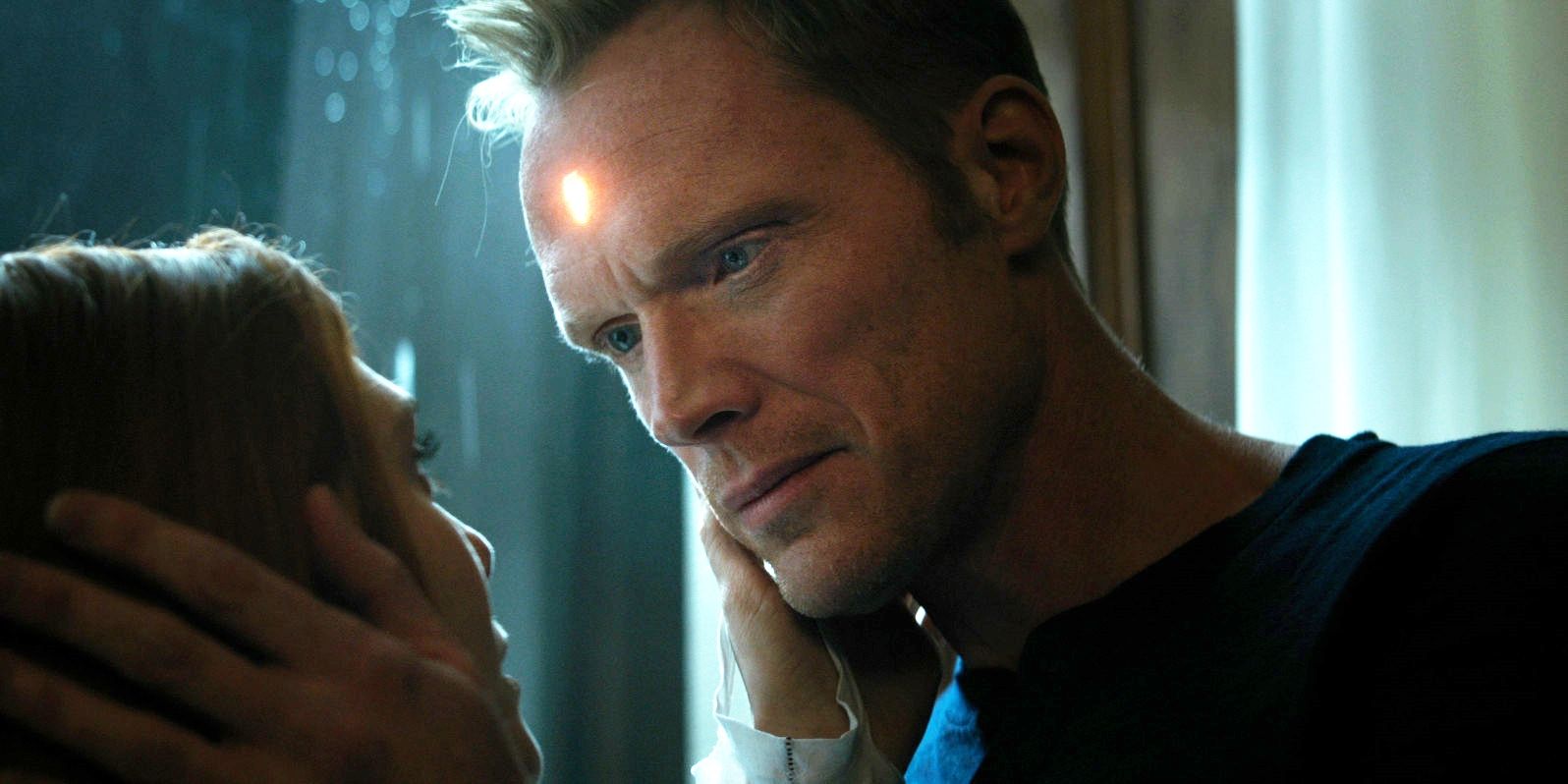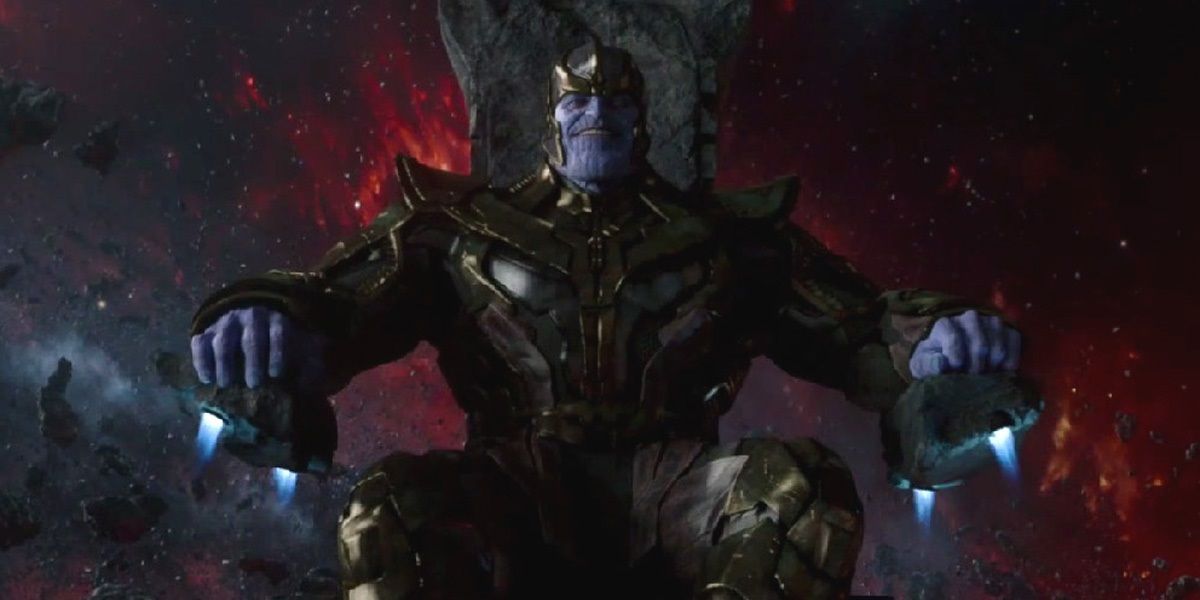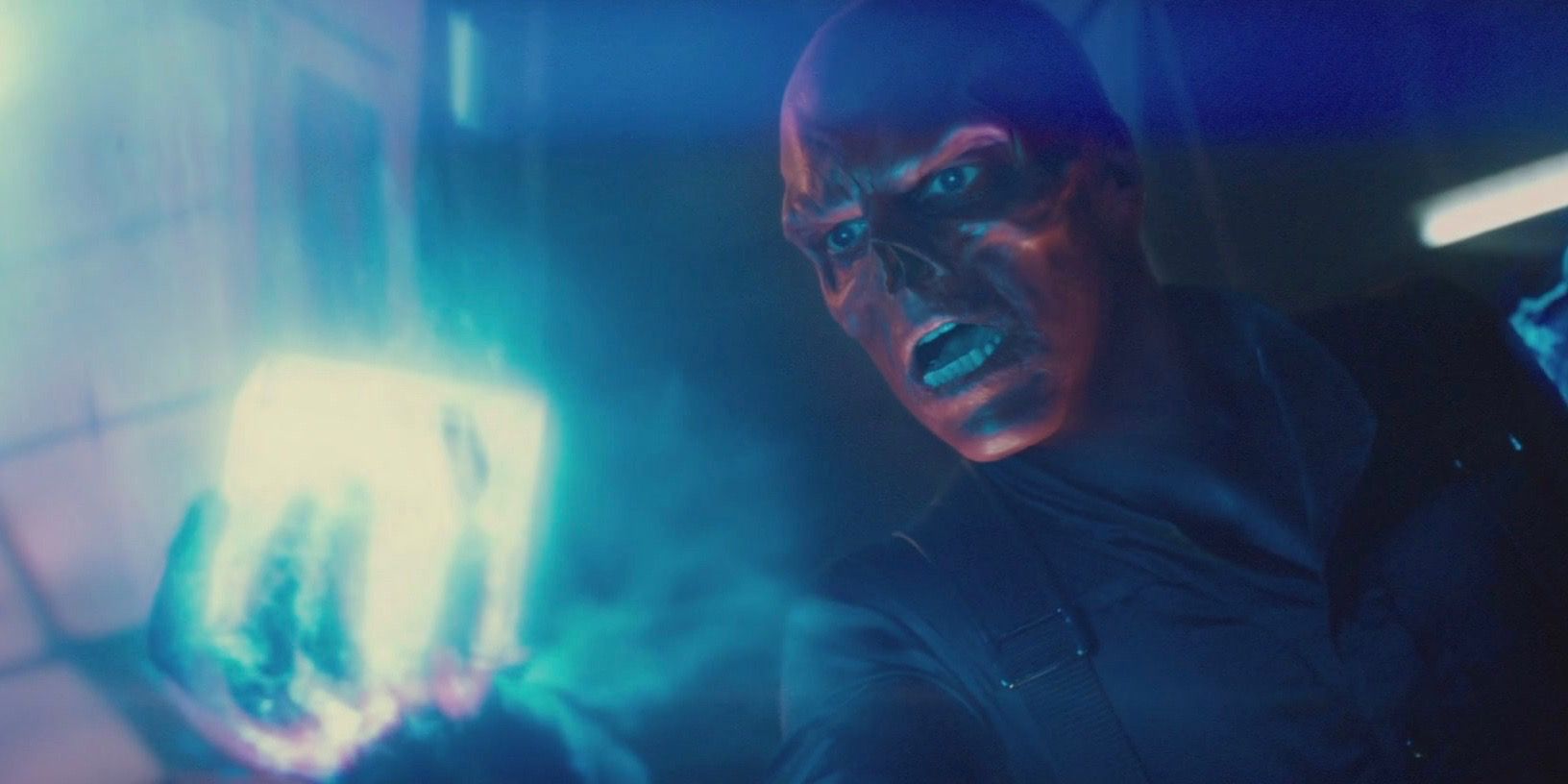The Marvel Cinematic Universe has turned out 20 films over the last 10 years, all of which have been critical and commercial hits. Every installment has earned a “Fresh” approval rating on Rotten Tomatoes, while the series as a whole has grossed over $17.5 billion at the worldwide box office — making it the highest-grossing film franchise of all time. Of course, that doesn’t mean the MCU is flawless. With every film and TV show trying to exist within the same continuity, there are bound to be a number of inconsistencies and unanswered questions, many of which have been raised by fans countless times over. Instead of simply recapping them here, we’ll take a closer look at which plot holes have a chance to be resolved in 2019.
We are mere months away from the release of Avengers: Endgame, which will end the third Phase of the MCU and likely become the biggest movie in the series to date. We've already been promised that the universe will have a drastically different landscape following Endgame, which may mean it's the perfect time to tie up some loose ends.
Of course, not every plot hole can be smoothed over with ease, as there are a number of MCU problems that seem like they have no solution. When that's the case, it's probably best to just ignore them and focus on the future.
Here are the 10 Biggest MCU Plot Holes That Need To Be Fixed In Avengers: Endgame (And 10 They Can Ignore).
20. Fix: How did Thanos destroy Xandar without the stones?
Aside from the snap, Thanos’s most impressive feat in Infinity War occurs before the movie even began. We’re talking about his destruction of Xander, which yielded Thanos the Power Stone. How exactly did Thanos and the Black Order succeed in defeating this entire planet without an Infinity Stone yet in their possession?
From Guardians of the Galaxy, we know that Xander is far better equipped to deal with a cosmic threat than Earth, but Thanos almost meets his defeat on Earth later when he has a mostly-assembled Gauntlet. It would be nice if Endgame gave us a better idea of exactly how Thanos outsmarted and overpowered the entire Nova Corps on Xander.
19. Ignore: Doctor Strange didn’t use the Sling Ring or Time Stone
In Doctor Strange, the Master of the Mystic Arts uses the Eye of Agamotto to create a time loop and defeat Dormammu — a villain far more powerful than Thanos. Then in Infinity War, we watch Wong use the Sling Ring to sever Cull Obsidians arm from his body. Surely, either of these tactics could have helped bring about Thanos’s defeat, so why weren’t they used against him?
Aside from the obvious reason that it would have made for an extremely short movie, we have to assume that they were not a part of Doctor Strange’s master plan. We know that Strange has seen the one future where the heroes ultimately succeed, and it stands to reason that everything he does is in Infinity War is an attempt to make that one future a reality.
18. Fix: Is Gamora really the last of her kind?
When we first met up with Gamora in Guardians of the Galaxy, the super assassin is hellbent on destroying her adoptive father Thanos. Her reasoning? She is the last of her kind, spared by the Mad Titan after he destroyed her home planet of Zen-Whoberi. However, in Infinity War, it’s clear to see that Thanos only orders the extinction of half the population, sparing the others to restore “balance” to the universe.
Is Gamora really the last of her kind? Or did Infinity War simply ignore the character's origins laid out in Guardians? Hopefully Endgame can shed some more light on exactly what happened to the remainder of Gamora's people following Thanos’s destruction.
17. Ignore: Thor’s fluctuating age
While Captain America may look young for his age, he’s no competition for the God of Thunder, who is well over 1,000 years old. This is established in Thor’s first solo movie, where both Thor and Loki are babies in 965 AD. This would put Thor around 1,054-years-old by the time Infinity War rolls around. However, he refers to himself as being 1,500-years-old in the film.
While this may be a little inconsistent for the character’s backstory, the bottom line is still that Thor is really, really old, and he’s defeated no shortage of evil foes in that amount of time. Therefore, there’s really no reason to get bogged down in the exact math of Thor’s age when Endgame could very well be the character’s final film.
16. Fix: How do the Pym Particles actually work?
If the rumors are any indication, then the Quantum Realm is bound to play a vital role in Avengers: Endgame. The Avengers might not need time travel at all if they can figure out how to use the Quantum Realm, as Janet van Dyne tells us the realm contains a time vortex which can suck the traveler right in. This still doesn’t fully explain how the Pymp Particles actually allows the traveler to enter the Quantum Realm, though.
Hank tells us that the particles shrink the distance between atoms, but the whole point of the Quantum Realm is that the heroes have gone sub-atomic. Hopefully, Endgame could shed some more light on how the Pym Particles actually grant this additional ability.
15. Ignore: The missing TV characters
In Infinity War, we watch Peter Parker get pulled into the action simply due to his proximity of the events. This really begs the questions: what about all of the other Marvel heroes who are supposedly living in New York City?
Though the movies and shows are meant to exist in the same universe, the characters from Agents of S.H.I.E.L.D. or the Marvel/Netflix shows never get a mention on the big screen. Surely if Stark had tabs on Peter Parker, he would also know about Matt Murdock, Jessica Jones, and all the others. More importantly, these characters would gladly suit up when they see that the world is in danger. With Infinity War and Endgame already touting massive casts, it might just be for the best that these characters remain on the small screen for the time being.
14. Fix: When did Thanos get the gauntlet?
After the Infinity Gauntlet made a cameo appearance in Thor back in 2011, last year’s Ragnarok at least threw in a joke to explain that the gauntlet in Odin’s vault was simply a fake. That still doesn’t explain why the real Gauntlet showed up at the end of Age of Ultron.
In Infinity War, Eitri made it seem as though Thanos had him forge the Gauntlet only recently, so why did the Mad Titan have the Gauntlet back in Ultron? And why would Odin have a replica of something that wasn't even created yet? Even though the Gauntlet is now seemingly destroyed, we can still hope to get a more definitive timeline of its existence.
13. Ignore: Thanos didn’t use the gauntlet to save the universe
Thanos is far from the first MCU villain to have a god-complex, but at least he has a slightly more interesting agenda than wanting to destroy planets for nothing more than his own pleasure. Thanos views himself as a savior who must wipe out half the population in order to spare the universe of its resources and give the survivors a better life.
With infinite power in his grasp, there are surely other ways he could improve life in the universe. While this is a serious flaw in Thanos’s logic, it’s not something that needs to be addressed in Endgame. After all, Thanos is a villain. Even if he sees himself as a savior, it's clear that he wants everyone to fear him as if he were a god as well.
12. Fix: Where were Ant-Man and the Wasp?
With the events of Ant-Man and the Wasp taking place before Infinity War, many fans expected a more detailed explanation as to the heroes' whereabouts during the attacks on Earth. Unfortunately, the film not only failed to address this, but it also added more confusion into the mix.
In the post-credit scene for Ant-Man and the Wasp, we see the group carrying out an experiment at the same time as Thanos’s victory in Wakanda. This means that both Scott and Hope might have totally ignored the attacks on both New York City and Edinburgh. With any luck, Endgame will better explain this timeline of events and why neither of these heroes ended up springing into action
11. Ignore: Spider-Man: Homecoming’s timeline problem
Though they certainly don’t have the issues of the X-Men series, the MCU has been subject to its fair share of timeline problems as well. The most glaring of these came with the release of Spider-Man: Homecoming, which was said to occur eight years after 2012's The Avengers. This would put Homecoming in the year 2020; well after the events of Infinity War.
The MCU has tried to clarify its timeline issues before, but even director Joe Russo had to admit that this eight-year jump in Homecoming was blatantly inaccurate. Therefore, it's probably for the best if Marvel Studios stops trying to correct the timetable of past films, especially if the timeline is about to get a lot more complicated in Endgame.
10. Fix: Scarlet Witch’s powers
Due to contractual obligations, Scarlet Witch’s origins needed to be altered for her and Quicksilver to appear in the MCU. Therefore, instead of being mutants, the two have come into their powers thanks to HYDRA’s experimentation on them using the Mind Stone. Infinity War demonstrated just how powerful Scarlet Witch actually is, as she’s able to destroy the Mind Stone and hold of Thanos at the same time.
It makes sense that she would be the one who’s actually able to destroy the stone, as it’s where she originally got her abilities from, but it doesn’t explain how the Mind Stone was able to grant her permanent powers. It's also a bit of a mystery that her brother's powers were nothing like hers.
9. Ignore: Lady Sif’s disappearance
Jaime Alexander appeared as Lady Sif in Thor and Thor: The Dark World, as well as Agents of S.H.I.E.L.D. After the God of Thunder parted ways with Jane Foster, Sif seemed like the next logical choice to be Thor’s love interest. Then, she was noticeably absent from Ragnarok, which was really when Asgard could have used Lady Sif's fighting abilities the most.
While Lady Sif’s disappearance is more than a little inconsistent, it isn’t the writers who forgot to include her in Ragnarok and Infinity War. Instead, the actress simply couldn’t make her schedule work between the movies and her role on Blindspot. Therefore, this is another plot hole that would be better left unmentioned in Endgame.
8. Fix: Bruce's memory as the Hulk
In Thor: Ragnarok, Bruce learns that he has spent the last few years living as the Hulk on Sakaar. What's even scarier is that Bruce has no recollection of that time. As a result, he fears turning into the Hulk ever again in case he will be stuck that way forever.
When Bruce transitions from Hulk to human once again in Infinity War, he's easily able to remember everything he overheard about Thanos and his master plan to acquire all six Infinity Stones. This simply doesn’t mesh with everything we’ve learned about the character’s dueling personalities to date. It seems very likely that Endgame will continue to develop Bruce’s mastery over his angrier half.
7. Ignore: Thor didn’t mention Eitri the Dwarf King earlier
In Thor: Ragnarok, the God of Thunder lost both his eye and his hammer, symbolizing that he was finally worthy enough to take up his father’s throne and channel his impressive powers without the need of Mjolnir. In Infinity War, the Russo brothers went and gave Thor a new eye and weapon, undoing his character's development from the previous film. This also makes us wonder why Thor didn't mention Eitri the Dwarf King immediately after Mjolnir was destroyed.
Surely, Stormbreaker could have helped Thor defeat Hela, and Eitri would have had a vested interested in wanting Asgard to survive. Of course, not every detail between Ragnarok and Infinity War could have been planned out beforehand, and these types of retroactive plot holes unsurprisingly occur in many multi-film franchises.
6. Fix: How was Thanos able to track the stones?
Before the release of the film, it seemed like the crux of Infinity War would revolve around Thanos’s hunt for the Infinity Stones. While he may have already known the locations of a few of them, others should have been a total mystery to him-- or at least more of a ballpark guess.
However, with the exception of the Soul Stone, Thanos and the Black Order seem to know exactly where every Stone was located at every single moment. They show up in New York City, Edinburgh, Wakanda, and Titan, knowing that the heroes were already there with the Stones. How did they get so good at tracking these Stones? If it was always so easy, why didn't Thanos do it long ago?
5. Ignore: Steve was surprised to see Bruce
After Cap, Black Widow, and Falcon rescue Scarlet Witch and Vision from Thanos’s Black Order, the five heroes travel back to the States to formulate a plan with the other Avengers. After briefly catching up with Rhodey, they all seemed surprised when Bruce enters the room.
The problem here is that Bruce was the one who actually reached out to Steve so they could meet up. That’s the very reason they were finally going back to America — a place where they were considered criminals — in the first place. A heartfelt (and awkward) hello between Bruce and Natasha still makes sense considering their past, but the other characters shouldn't all look so awestruck. Of course, there's no further explanation needed in Endgame for this minor story oversight.
4. Fix: Why didn’t Fury contact Captain Marvel before?
Since the launch of the MCU, Earth has found itself under attack on numerous occasions. Nick Fury has largely used the Avengers to help save the planet from destruction. If he had a direct line to Captain Marvel — as alluded to in the Infinity War post-credit scene — one has to wonder why Fury didn’t summon this all-powerful hero earlier.
This is likely something that will be addressed in the upcoming Captain Marvel, which finds Fury teaming up with the eponymous hero back in the 1990s. If by some chance this is not addressed in the next MCU movie, then there be a good reason why Fury waited for this one particular instance to call upon the superhero.
3. Ignore: How Cap tracked down Vision
In Infinity War, Tony reveals that Vision turned off his tracking device weeks ago and that there’s no way he can find him. However, Stark admits that Steve might have an idea as to where Vision and Scarlet Witch are hiding out.
When the couple is eventually attacked in Edinburgh, Steve is the one who shows up to save the day, bt even if Steve knew what city Vision and Scarlet Witch were staying in, that doesn’t explain how he’s able to show up at the exact time and location of the attack. This could have easily been explained with one line of dialogue, but the film never gives it to us. Instead, we just have to accept this for what it is: a common trope that occurs in almost every superhero movie.
2. Fix: Why did Thanos wait so long to acquire the stones?
In Infinity War, Gamora tells us that Thanos has been set on restoring “balance” to the universe for as long as she’s known him. In fact, that's what Thanos was up to when he took Gamora in as his adopted daughter. What exactly has been taking the Mad Titan so long to enact his master plan?
Thanos knew the location of at least a few Infinity Stones throughout the first two Phases of the MCU, yet he seemed in no real rush to acquire them. Instead, Thanos only seemed to spring into action when it was convenient for the plot. It would be nice to know exactly why Thanos was biding his time before fully assembling the Gauntlet.
1. Ignore: The stones’ changing powers
The Infinity Stones have been a part of the MCU since Phase One, though they weren’t always referred to by name. In The First Avenger, the Space Stone showed up in the form of the Tesseract, and in Thor: The Dark World, the Reality Stone was known as the Aether.
The powers of these artifacts were ill-defined during their debuts. Red Skull used the Space Stone for nothing more than an energy source to powers his weapons, while Malekith used the Reality Stone to buff his own powers and emit energy blasts — neither of which demonstrated the specific powers of each stone. Instead of trying to explain the inconsistencies of past films, we’re just grateful that they did a much better job of defining the Stones' powers in Infinity War.
—
Which MCU plot holes do you want fixed in Avengers: Endgame? Let us know!

